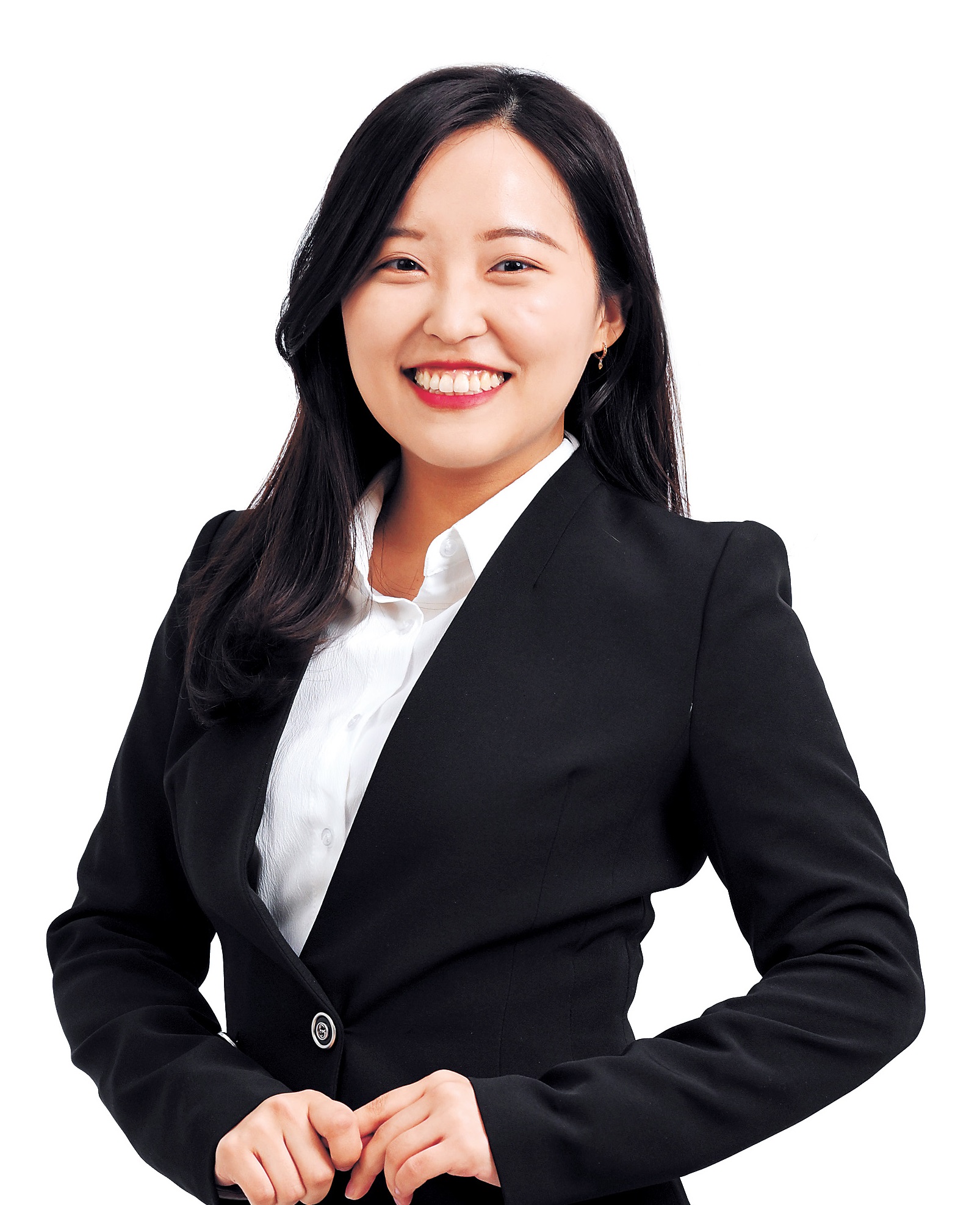[Community Discovery] Eunpyeong-gu rebrands as nature-friendly, healthy district
Cypress forest trails, Buddhist temple offer unique urban escape, says district head
By Lee Jung-jooPublished : April 23, 2024 - 14:29
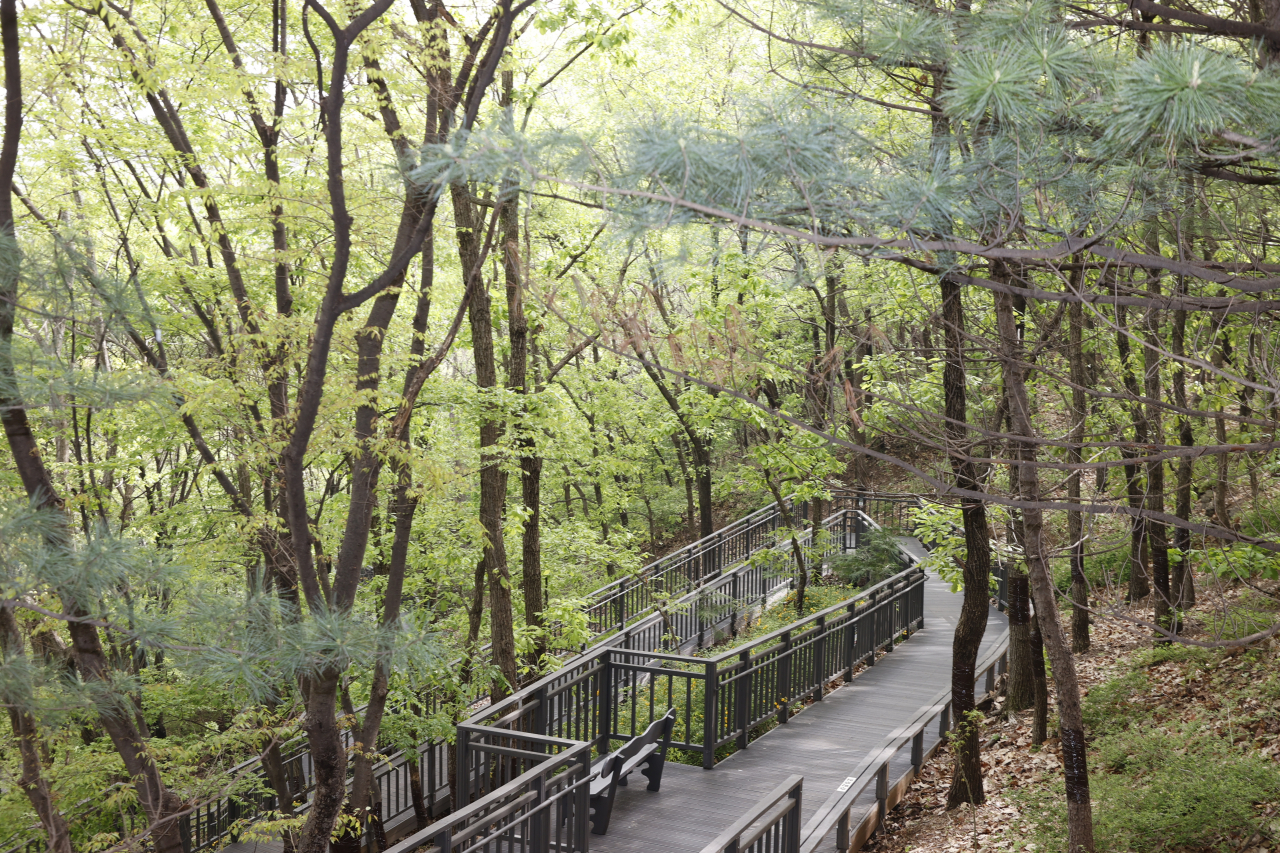
Eunpyeong-gu in northwestern Seoul has rebranded itself as a nature-friendly district, as it looks to boost its image and foster a healthy, inclusive community.
The district has seen a rise in the number of visits to its parks and green spaces by "those who wish to take a break from their busy city lives,” said Kim Me-kyung, head of the Eunpyeong District Office. Eunpyeong-gu is located near Bukhansan, a mountain boasting popular hiking trails, and the Bulgwangcheon also runs through the district.
The construction of the new GTX-A commuter line, which will connect the district with areas outside of Seoul, and the commercial development of the Seoul Innovation Park will also offer more convenience to residents in the future, according to Kim.
Besides Bukhansan and the Bulgwangcheon, Eunpyeong-gu is also well known for its cypress tree forest trails.
The district plans to expand the trails to accommodate more visitors.
The trails also connect around Bongsan Urban Nature Park, which has slopes and hiking paths that are not as steep.
According to Kim, Eunpyeong-gu aims to develop a forest trail in Bongsan that is “barrier-free,” making it easily accessible for all kinds of visitors, including children, the elderly and visitors in wheelchairs. The barrier-free trails will be made using decking, without any stairs or raised spots that could limit accessibility for wheelchairs and strollers.
“The district understands that it is not as easy for visitors such as children, the elderly and those with disabilities to go up hiking trails due to safety concerns,” said Kim on Tuesday. “Bongsan itself is not a tough hiking trail to climb, but the district office has been thinking of ways to make the trail more accessible for all so that everyone has a chance to enjoy Bongsan to the fullest.”
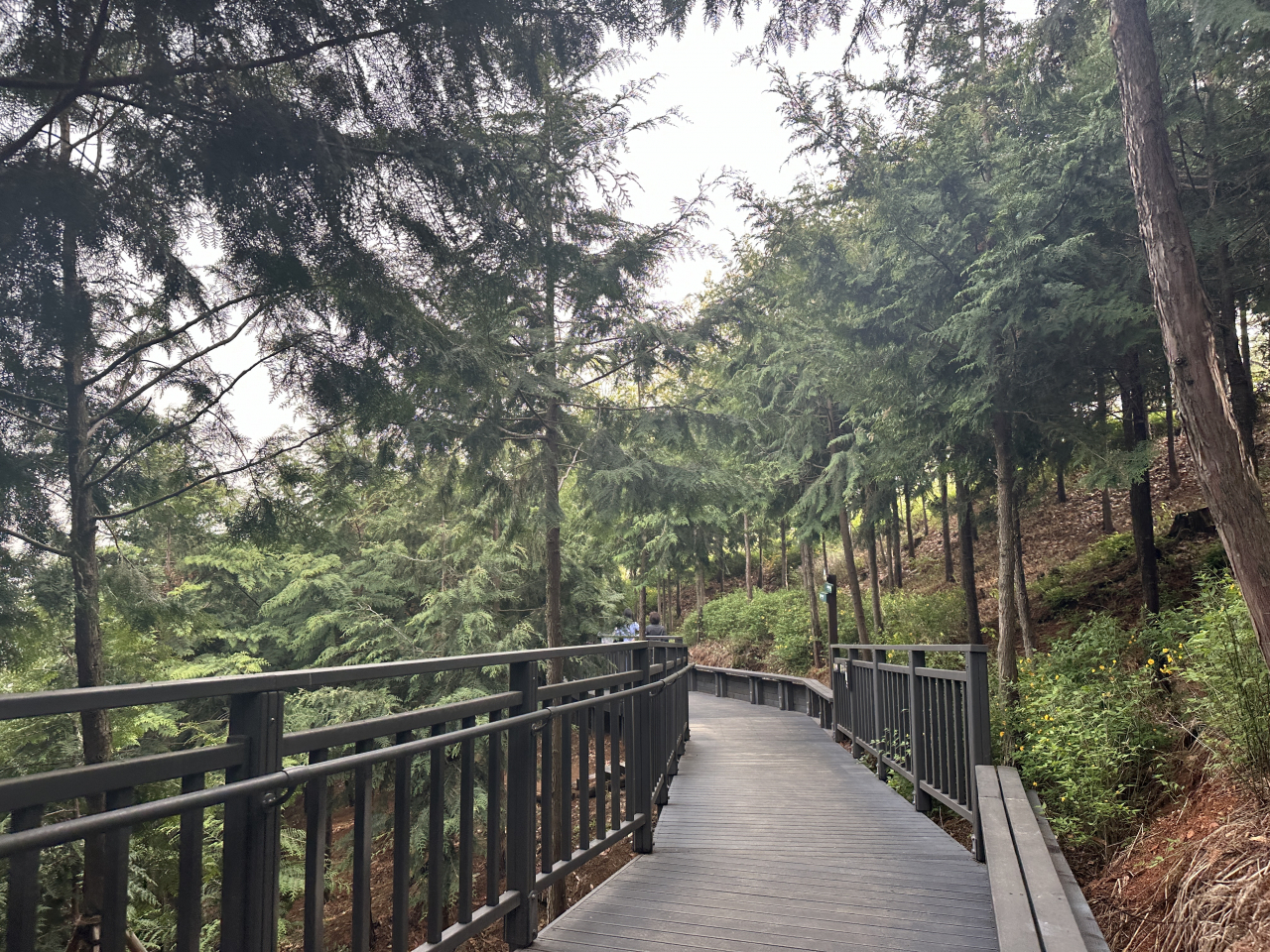
The Eunpyeong District Office plans to develop the 9.8-kilometer "barrier-free" forest trail by 2026. The office said that it has completed four out of six of its planned construction phases, with up to 5.2 kilometers of the forest trail already finished.
The district office also added that it plans to think of ways to reuse some of the waste wood that comes from dead trees as the forest trail is being installed. Woodcraft made from waste wood is currently on display throughout the trail and piles of wood have been stacked up to provide living spaces for small creatures on Bongsan. An Eunpyeong-gu official told The Korea Herald that this is a part of the district office’s efforts to create a co-living space between nature and people.
The forest trail that circles Bongsan consists of a variety of trees, but what makes the trail unique is its cypress trees. Cypress trees produce up to three times more phytoncides than pine trees. Phytoncides are chemicals that give off a pleasant aroma and are believed to have health benefits.
Eunpyeong-gu is currently the only district in Seoul that has a cypress tree forest trail, as the trees normally grow in southern regions of the peninsula. As of now, up to 13,400 cypress trees have been planted around Bongsan -- making up what’s known as the Bongsan Mountain Cypress Healing Forest, which spans 6.5 hectares in total.
Cypress trees have also been planted in some places along Bongsan’s forest trail, with more planned to be planted once the remaining 4.6 kilometers of the forest trail has been completed.
The district office stated that it will work to redevelop the path that leads to the entrance of the Bongsan Cypress Tree Forest from the Bulgwangcheon and Saejeol Station on Line No. 3, a popular route chosen by visitors to Bongsan. The newly developed path will also become a location for cultural events such as music performances. Old roads will be repaved, and fences and brighter street lighting will also be installed for pedestrian safety.
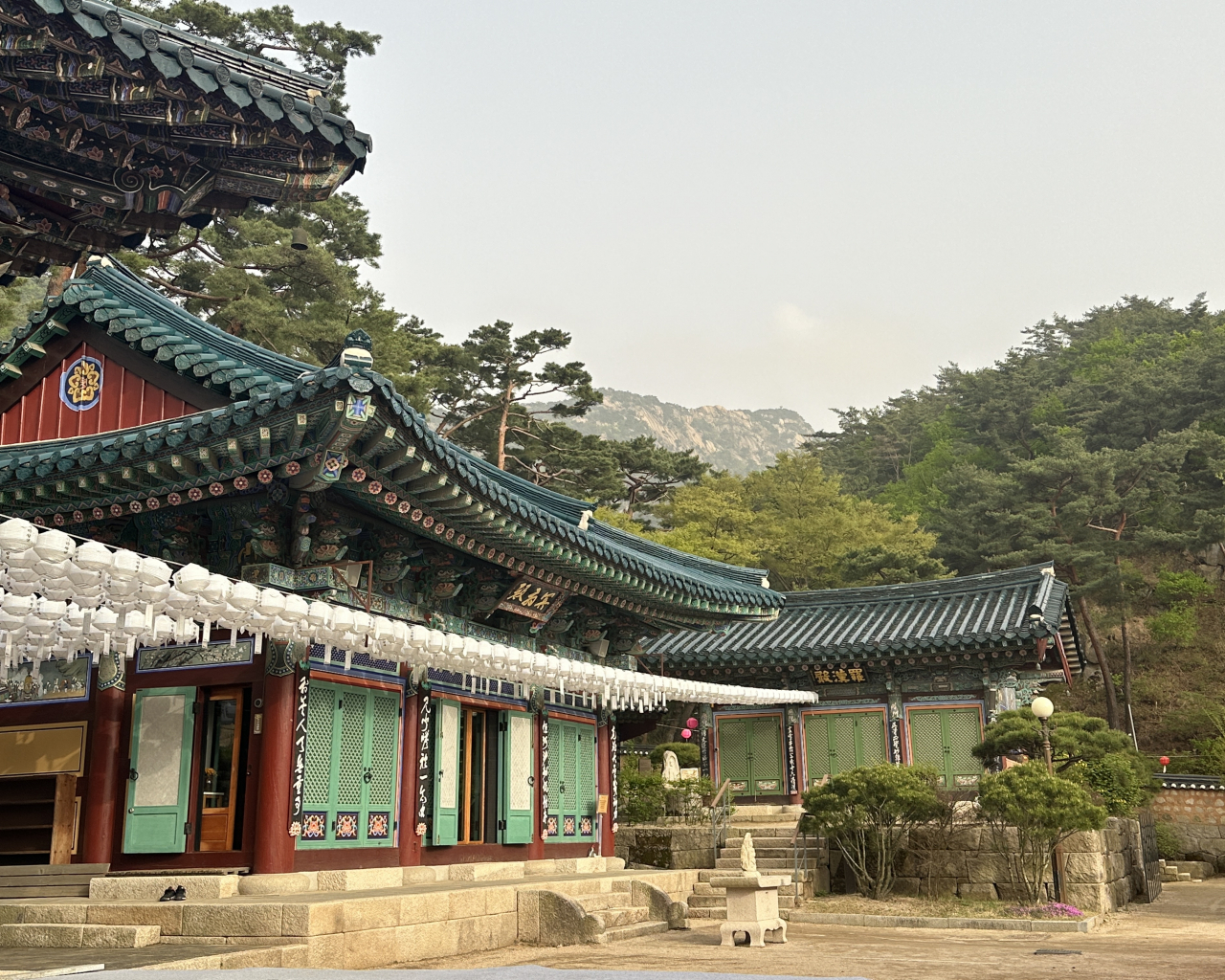
Unique cultural experiences
Located 20 minutes by car from Bongsan Urban Nature Park and a 15-minute bus ride from Gupabal Station is Jingwansa, one of the oldest Buddhist temples in Seoul, built over 1,000 years ago.
Jingwansa lies in Bukhansan National Park and houses a collection of cultural and historical properties, including the Jingwansa Taegeukgi, which was officially designated as a national treasure for its historical value by the Cultural Heritage Administration in October 2021.
The temple has also been visited by some notable global figures, including the US first lady Jill Biden in 2015 and Japanese first lady Yuko Kishida in 2023.
“Separate from religion, Jingwansa offers experiences to heal the mind and to learn about Korea's Buddhist culture to its visitors,” a Jingwansa monk told the press, Tuesday.
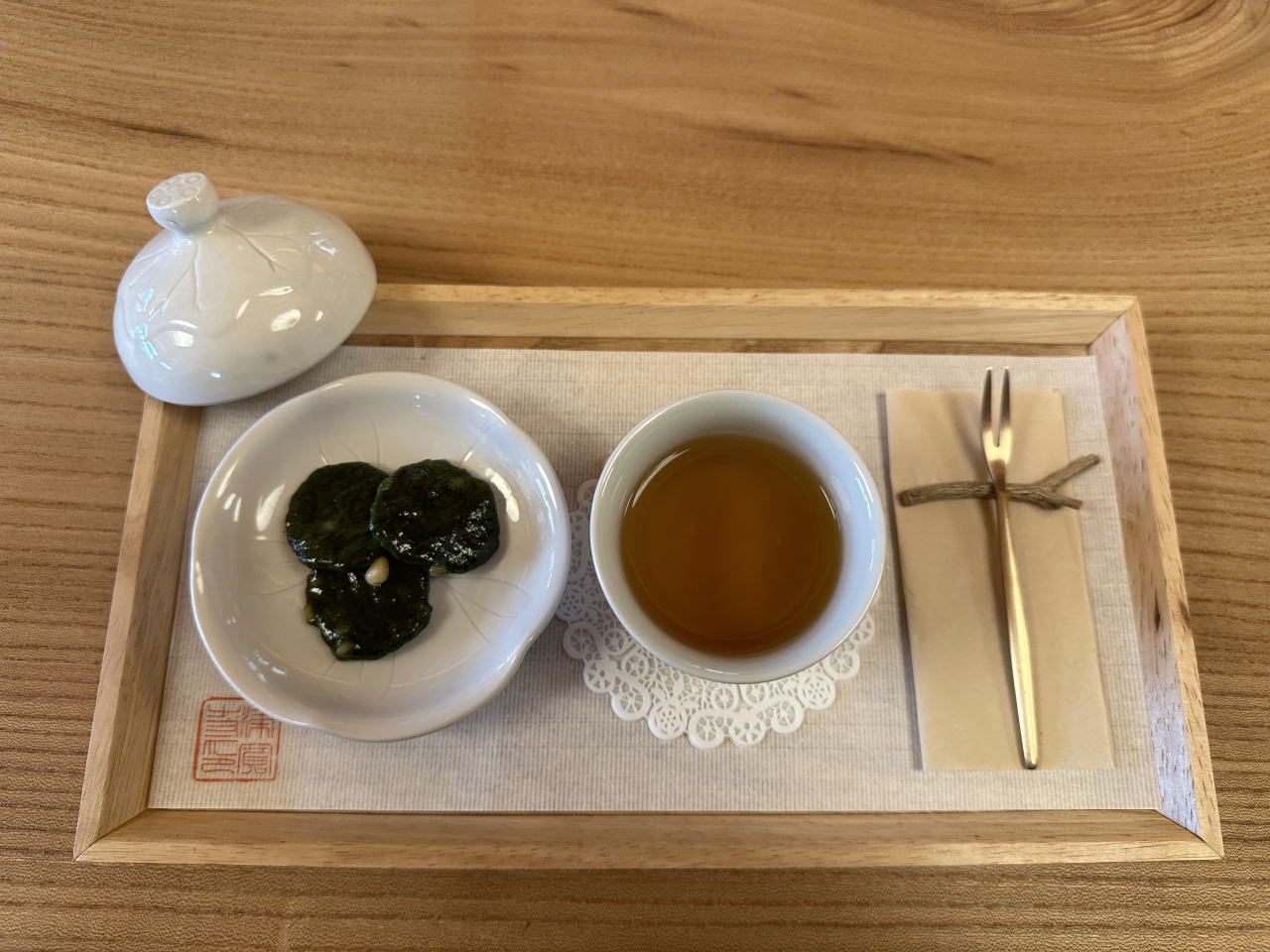
At Jingwansa, visitors can reserve short-term Templestay experiences by booking in advance. Jingwansa’s Templestay offers a range of programs for its visitors, including a tea ceremony, meditation, bell-ringing and morning rites.
Jingwansa is also famous for its temple food, developed while helping cater to large-scale events at royal palaces during the Joseon era (1392-1910). Jingwansa was once a "joposa" -- or a temple responsible for making tofu for the royal palace -- and therefore remains renowned for its tofu. Participants in Jingwansa’s Templestay program can take part in its mealtime practices or also take separate cooking classes.
Additionally, Eunpyeong Hanok Village is located close to Jingwansa, and has accommodation options for guests wishing to stay in a "hanok," or traditional Korean house, as well as stores, exhibitions and experience programs for visitors to enjoy.
This article is the fourth installment in a series of feature stories and interviews that delve deeper into the hidden stories of Seoul's 25 districts. -- Ed.













